Idea by
arch. Anna Grajper, arch. Sebastian Dobiesz
LAX laboratory for architectural experiments
Call for ideas 2018
Making Cities Interactive
Making Cities Interactive
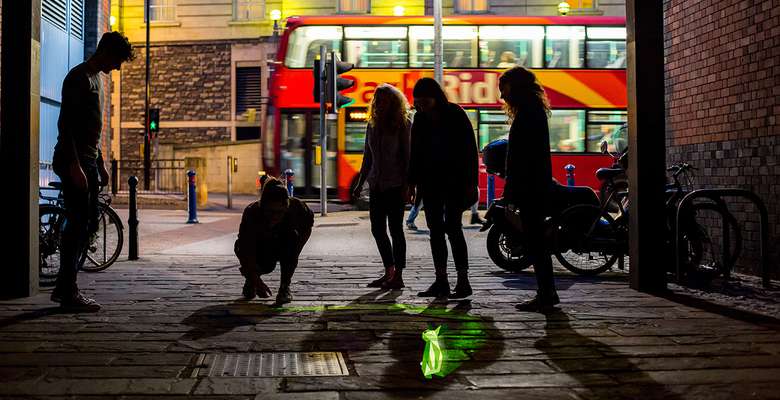
"Making Cities Interactive" is a cutting-edge project aimed at exploring the question "why" new technologies should influence civic space in the cities of XXI century and "what" are the benefits for its users. This challenge is being tackled as a set of Interactive Intervention concepts and realizations. They are being processed as an opportunity to redefine and deepen the theory of Interactive Cities , providing a path to find advantages and disadvantages of that movement. We believe that this approach can improve the quality of public spaces, in terms of attractiveness, pleasantness and social development. In other words, the current and future activities within the project "Making Cities Interactive" are the steps towards the simultaneously changeable public realm in which the users are the real participants and creators.
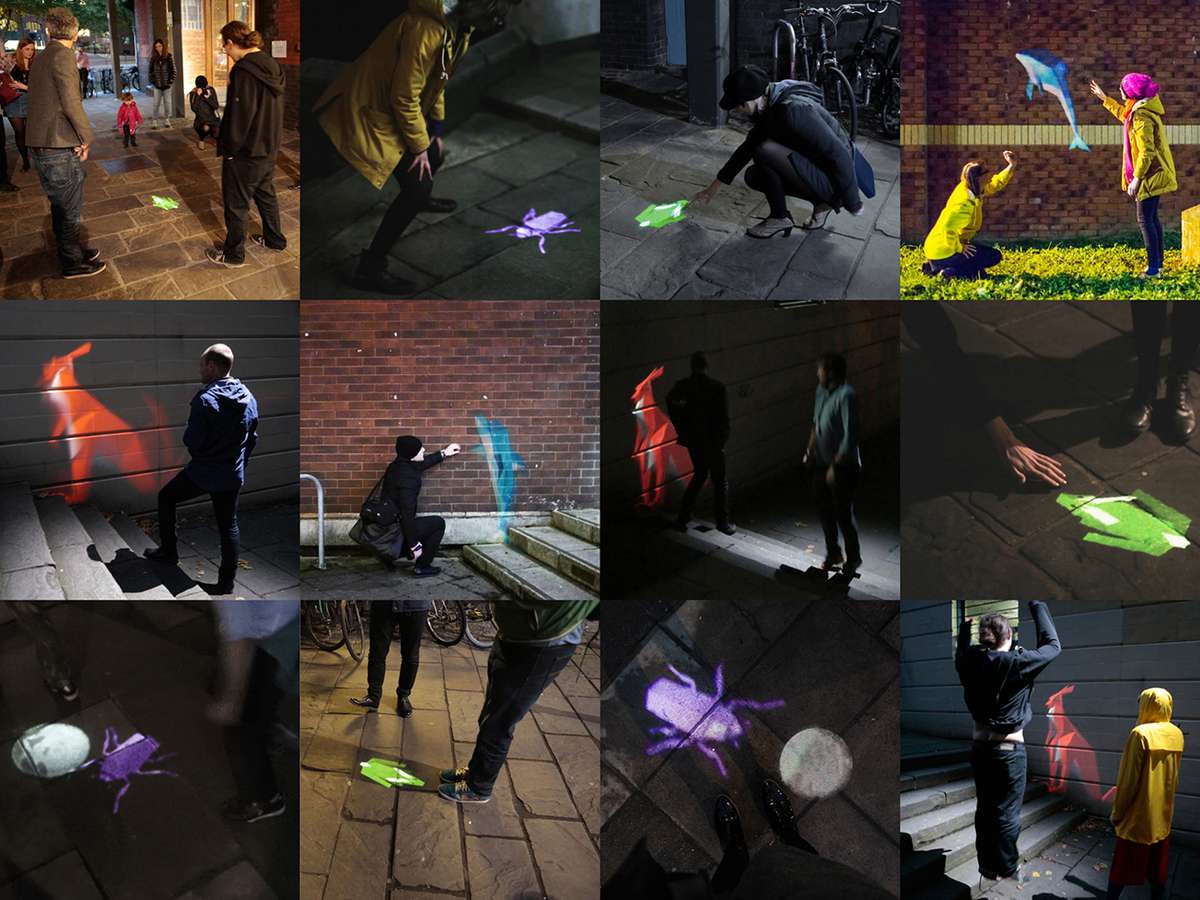
URBANIMALS
It is an interactive art installation that was intended to supplement the areas of public transition (where there is no activity, only commute) with pleasant ambience for its users. It was designed to examine the ability of digital technology to spur people to play and by this, introducing the new quality of the surrounding without making a complex and time consuming spatial (physical) rearrangements of the built environment.
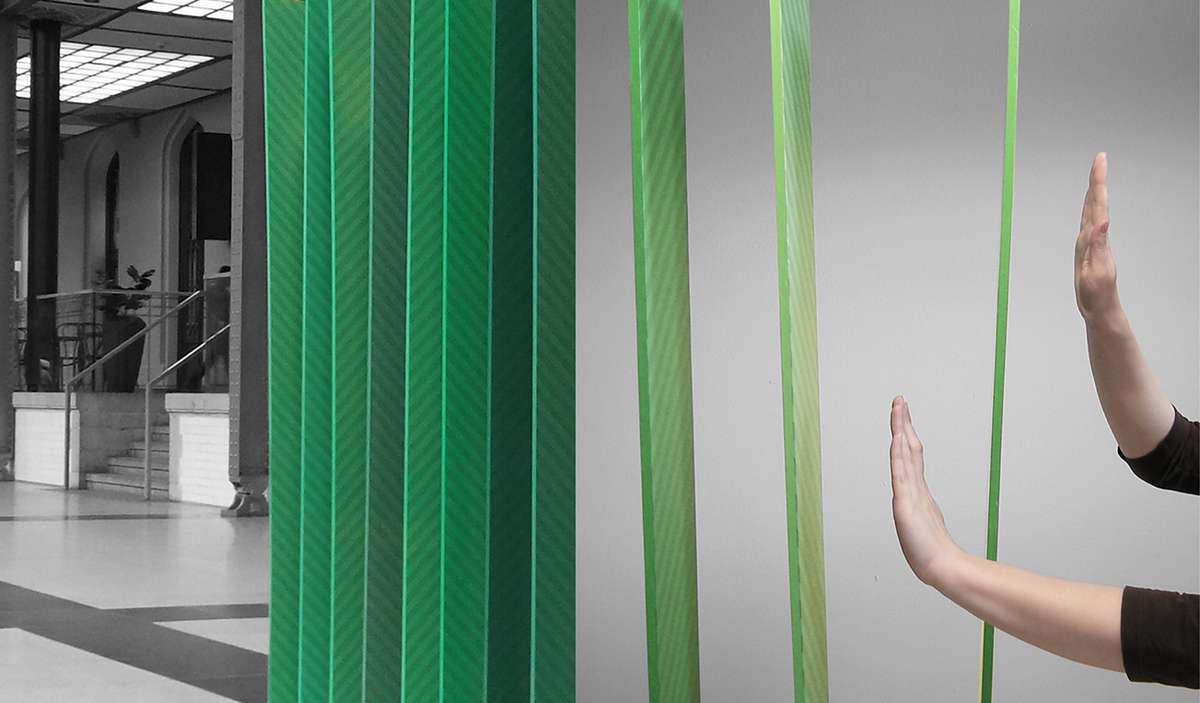
FINGERS
It was an experimental interactive structure that re-envisioned the typology of architectural partitions changeable by human motion. The case study focused on the effect of implementation of responsive walls into the city, asking the question what we-users can gain by that type of architecture. It reflected not only on the possibilities that modern technology brings to shaping architectural spaces, but also showed the interaction between human behaviour and our physical surroundings.
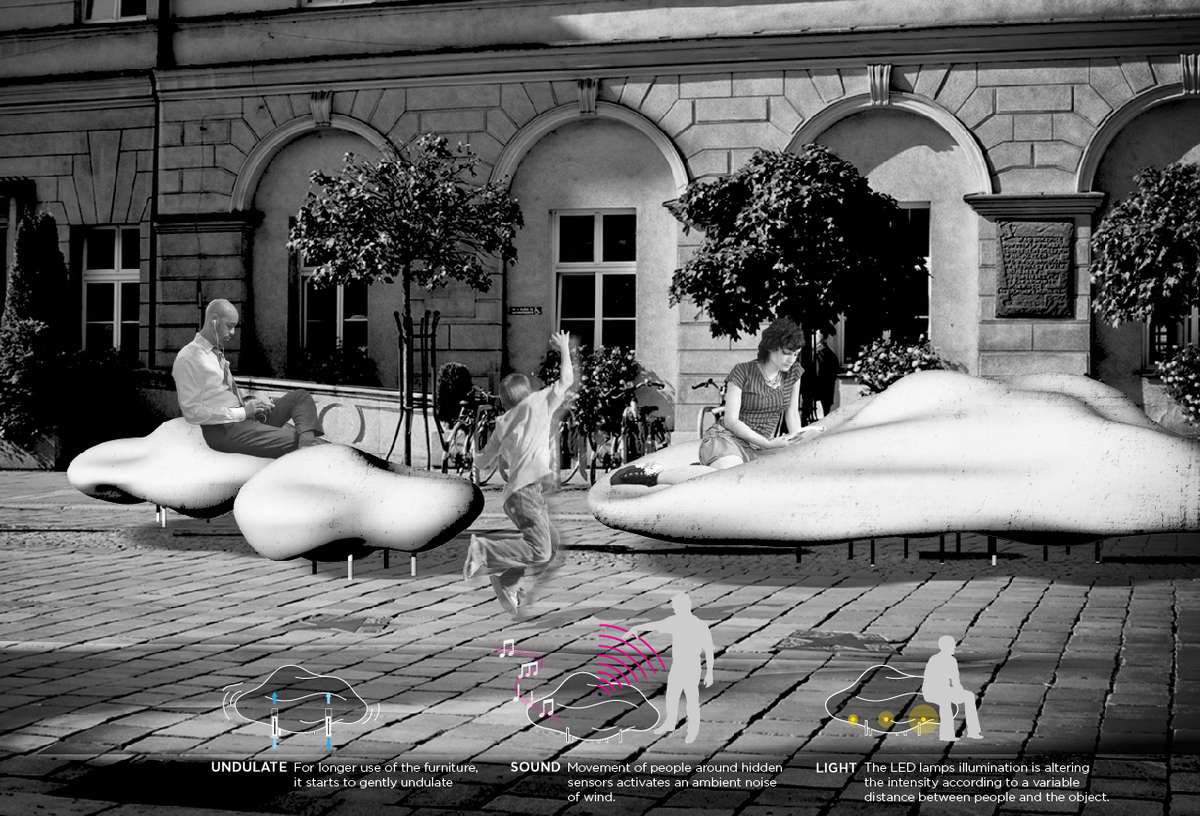
NUBIS
It is an interactive urban seat. The pieces of furniture create a Fairy-tale-like ambience by shaping their forms as delicate clouds. To enhance the sense of esotericism, each of them gently undulates and produces the sound of a pleasant wind noise, the tone of which the user can control by moving his/her hands or body over the hidden distance sensors. In a similar way, after the sunset, people can modify the intensity of the underneath backlight of the clouds.
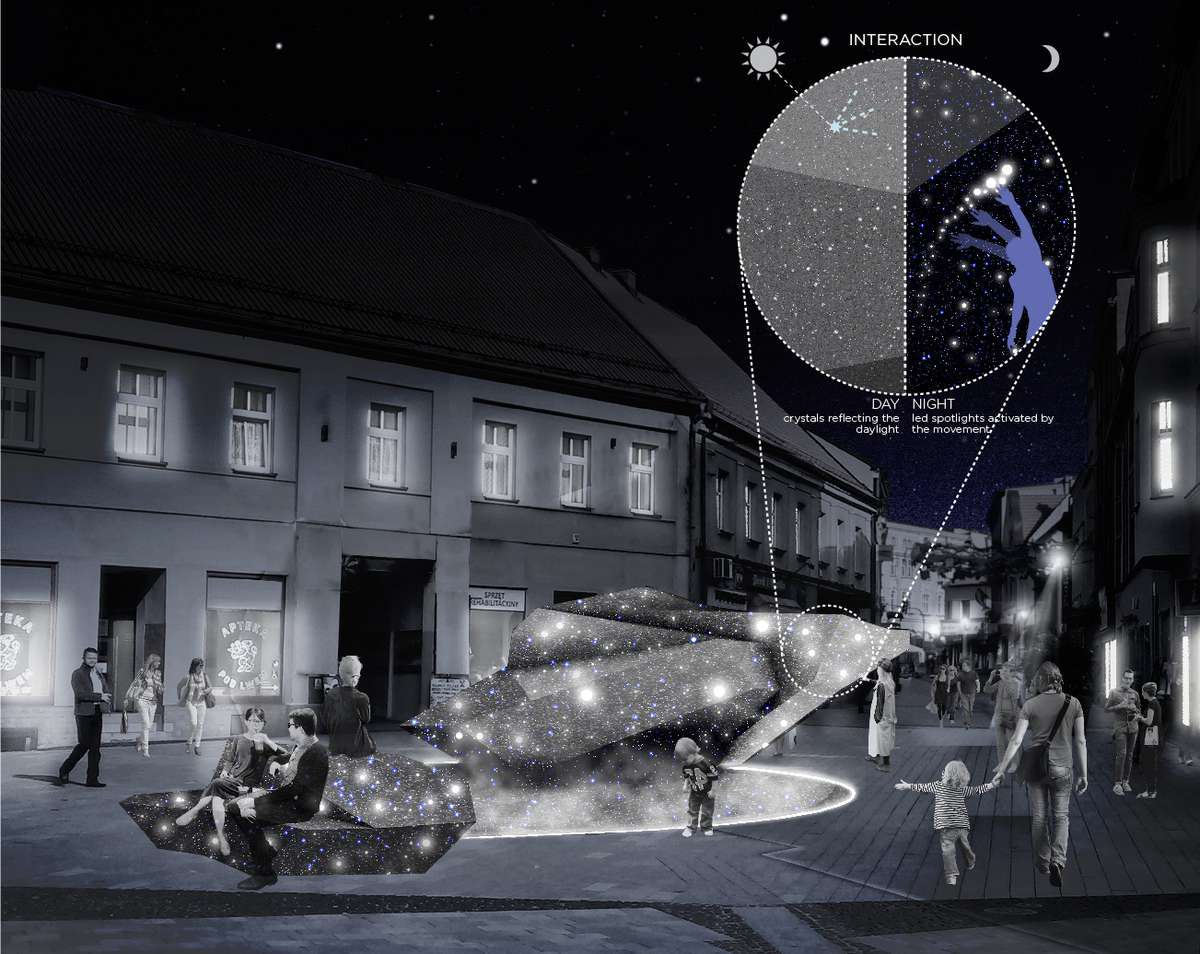
ANTHRACITE
It is an interactive light installation. The intensity of the illumination is controlled by passers-by and can also be programmable. It consists of two sculptures resembling the pieces of carbon that are composed around a basin with a fog. This artwork introduces the new ways of experiencing an urban space through adaptable technologies.
Making Cities Interactive
Making Cities Interactive

"Making Cities Interactive" is a cutting-edge project aimed at exploring the question "why" new technologies should influence civic space in the cities of XXI century and "what" are the benefits for its users. This challenge is being tackled as a set of Interactive Intervention concepts and realizations. They are being processed as an opportunity to redefine and deepen the theory of Interactive Cities , providing a path to find advantages and disadvantages of that movement. We believe that this approach can improve the quality of public spaces, in terms of attractiveness, pleasantness and social development. In other words, the current and future activities within the project "Making Cities Interactive" are the steps towards the simultaneously changeable public realm in which the users are the real participants and creators.
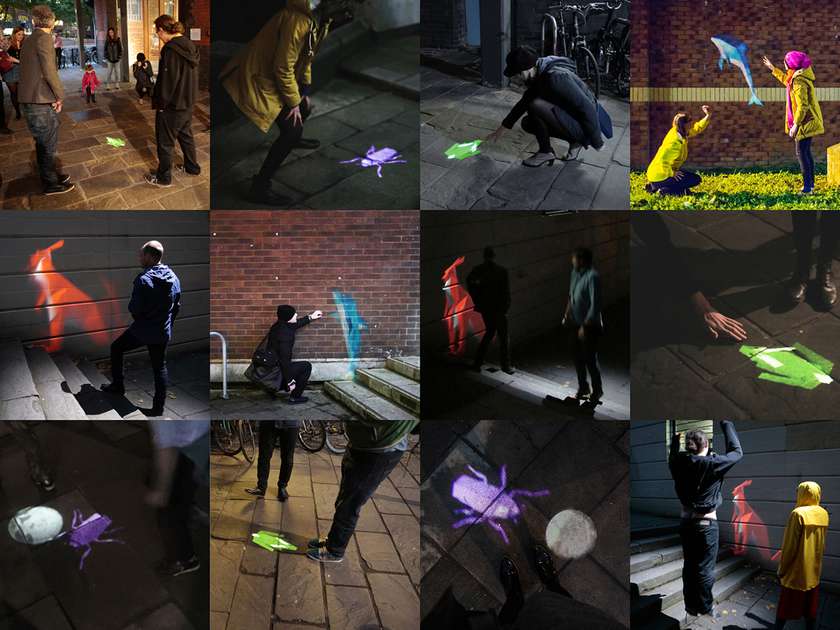
URBANIMALS
It is an interactive art installation that was intended to supplement the areas of public transition (where there is no activity, only commute) with pleasant ambience for its users. It was designed to examine the ability of digital technology to spur people to play and by this, introducing the new quality of the surrounding without making a complex and time consuming spatial (physical) rearrangements of the built environment.
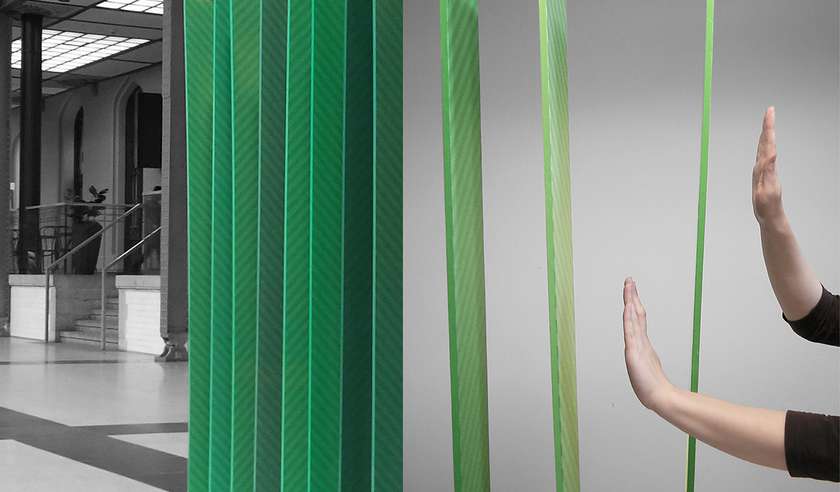
FINGERS
It was an experimental interactive structure that re-envisioned the typology of architectural partitions changeable by human motion. The case study focused on the effect of implementation of responsive walls into the city, asking the question what we-users can gain by that type of architecture. It reflected not only on the possibilities that modern technology brings to shaping architectural spaces, but also showed the interaction between human behaviour and our physical surroundings.
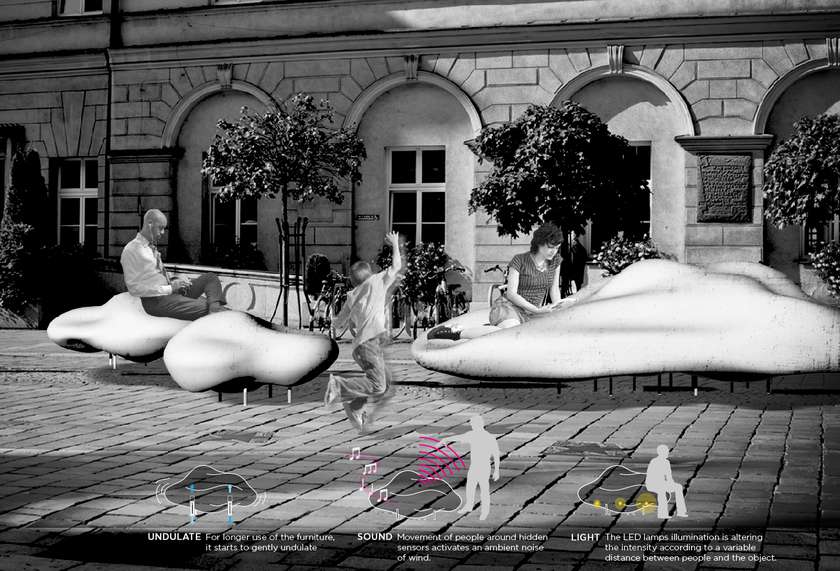
NUBIS
It is an interactive urban seat. The pieces of furniture create a Fairy-tale-like ambience by shaping their forms as delicate clouds. To enhance the sense of esotericism, each of them gently undulates and produces the sound of a pleasant wind noise, the tone of which the user can control by moving his/her hands or body over the hidden distance sensors. In a similar way, after the sunset, people can modify the intensity of the underneath backlight of the clouds.
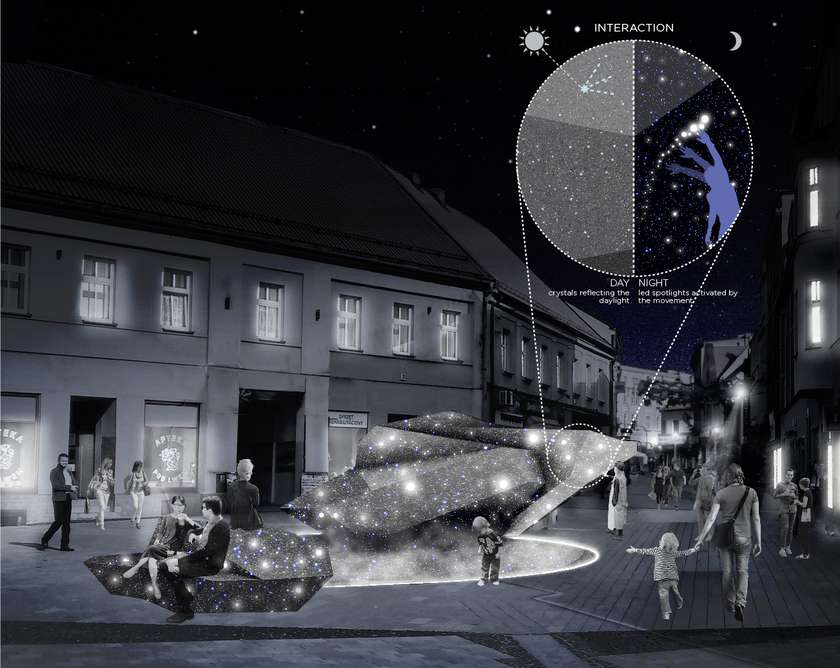
ANTHRACITE
It is an interactive light installation. The intensity of the illumination is controlled by passers-by and can also be programmable. It consists of two sculptures resembling the pieces of carbon that are composed around a basin with a fog. This artwork introduces the new ways of experiencing an urban space through adaptable technologies.